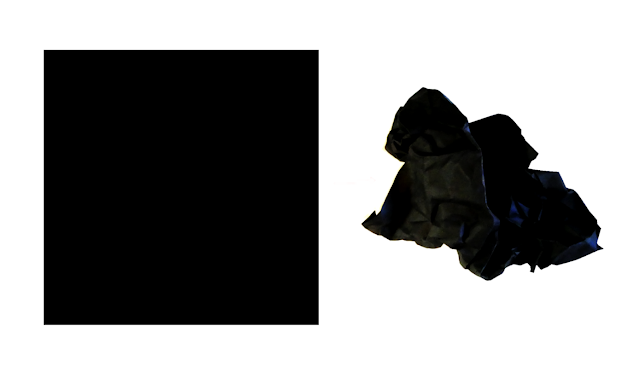Digital Suprematism and Ukraine 2022

Tom R. Chambers has taken six pieces from his "Digital Suprematism" project and reworked their colors to reflect the Ukrainian flag (blue and yellow) to stand with the people of this country to fight against tyranny/authoritarianism. Courtesy of Wikipedia: 2022 Russian invasion of Ukraine Main articles: 2021–2022 Russo-Ukrainian crisis and 2022 Russian invasion of Ukraine In spring 2021, Russia began building up troop strengths along its border with Ukraine. On 22 February 2022, Russian President Vladimir Putin ordered military forces to enter the breakaway Ukrainian republics of Donetsk and Luhansk , calling the act a "peacekeeping mission". Putin also officially recognized Donetsk and Luhansk as sovereign states, fully independent from the Ukrainian government. In the early hours of 24 February 2022, Putin announced a "special military operation" to "demilitarize and de-Nazify" Ukraine. A large-scale invasion was launched. Later in th


